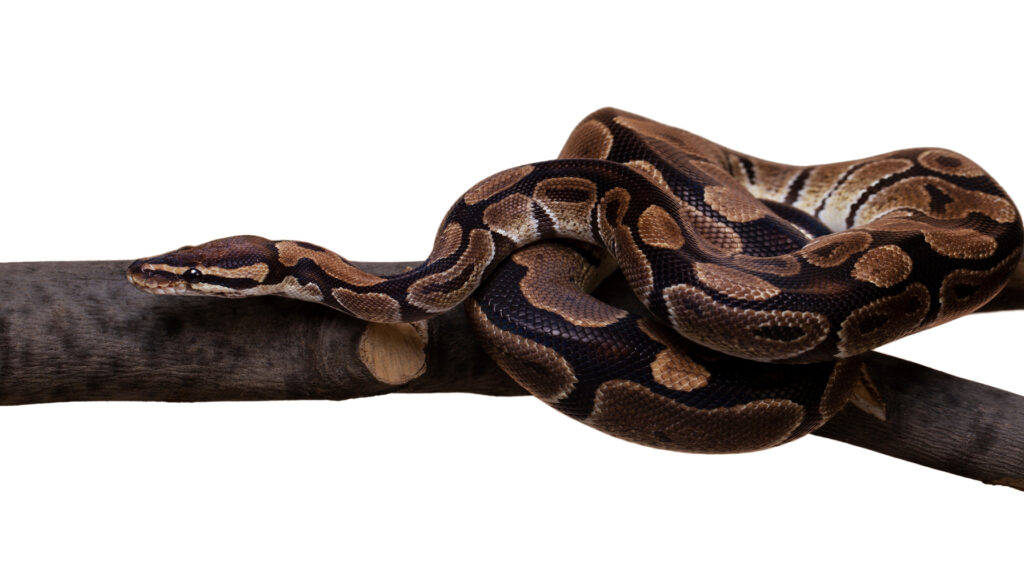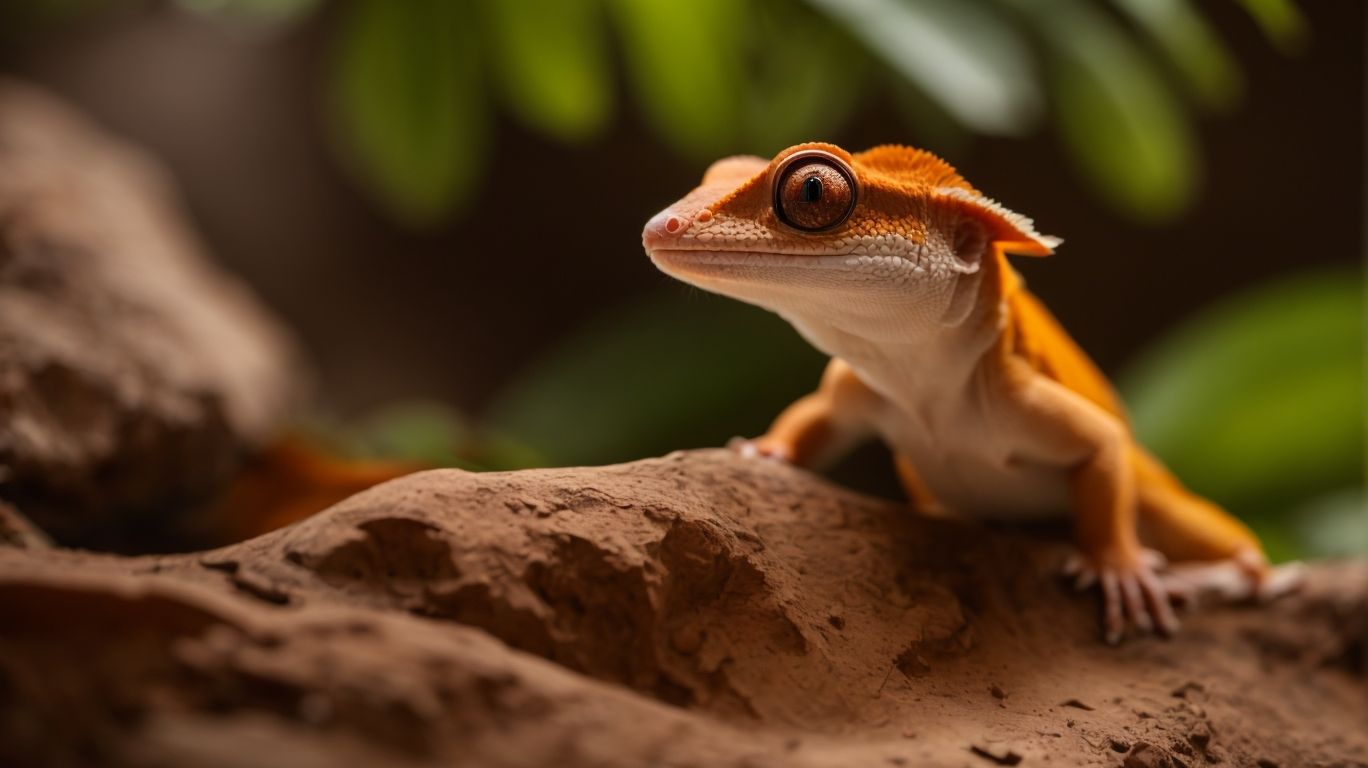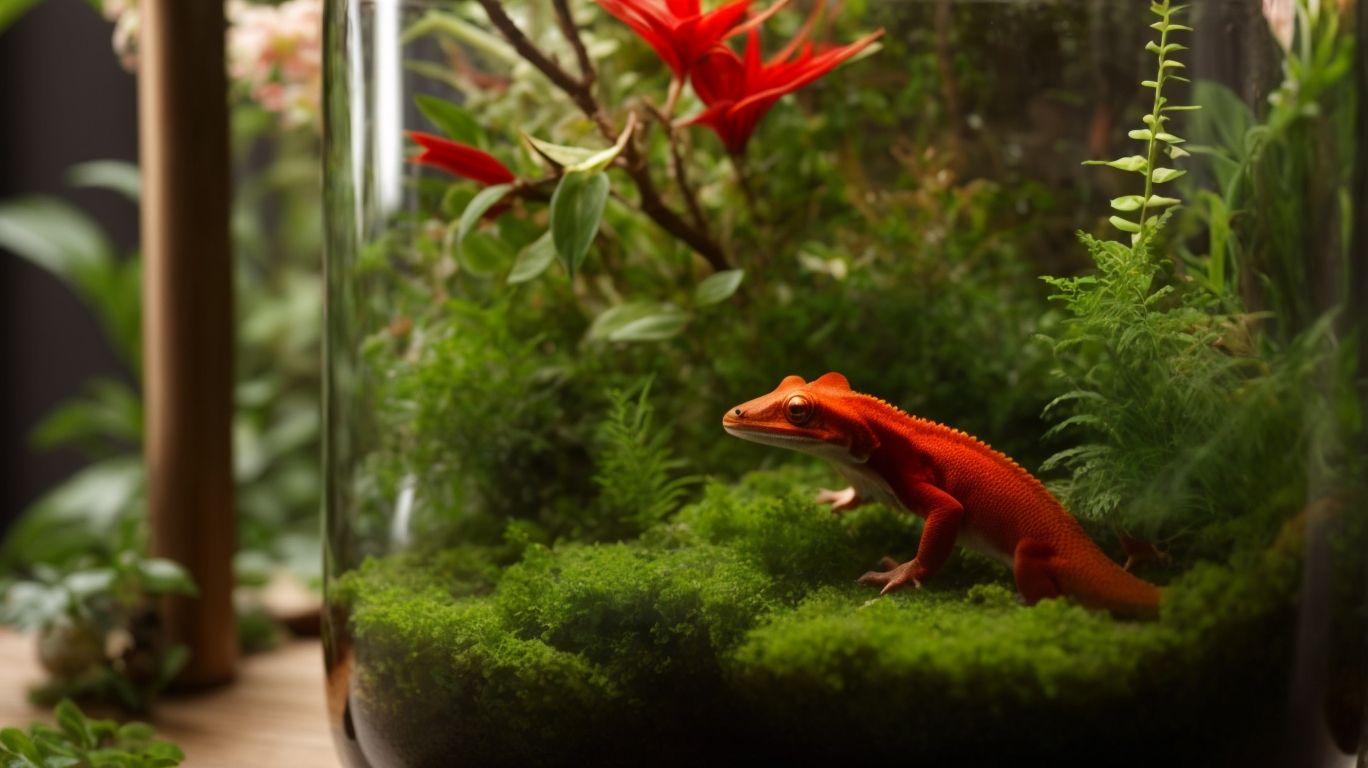
Discovering the Beauty of Normal Ball Pythons
Table of Contents
Unveiling Morphs in Normal Ball Pythons: Exploring Origin, History and Discovery
Ball pythons, scientifically known as Python regius, are renowned for their captivating morphs—distinct genetic variations resulting in unique color and pattern combinations. In the realm of reptiles, a “morph” refers to a specific genetic variant that manifests in diverse physical characteristics, such as color, pattern, or scale arrangement.
The origin of morphs in normal ball pythons traces back to the art of selective breeding. Observant breeders noticed deviations in coloration and patterns among specific individuals, prompting them to deliberately pair such snakes and generate new morphs over time.
The history of morphs in normal ball pythons is relatively recent, with the first recorded morph being the albino in the 1990s. Since then, countless other morphs have been discovered, each with its own unique appearance. Some of the most popular morphs include the piebald, spider, and clown.
Genetic mutation plays a pivotal role in the development of morphs in normal ball pythons, occurring either naturally or induced through selective breeding. Identification of specific genes responsible for various morphs empowers breeders to selectively pair individuals with desired traits.
In conclusion, the realm of morphs in normal ball pythons is a captivating one. From their origin and history to the ongoing exploration of new combinations, the diversity of morphs adds an extra layer of beauty and intrigue to these already stunning creatures. Whether one appreciates the traditional wild-type appearance or the eye-catching patterns of a morph, ball pythons are bound to captivate and delight snake enthusiasts worldwide.
The Striking Appearance of the Normal Ball Python
When it comes to appearance, normal ball pythons are truly breathtaking. These stunning creatures come in a wide array of colors and patterns, making each one a unique work of art. While the term “normal” may suggest a plain or ordinary look, these ball pythons are anything but average.
It’s important to know that the normal ball python is simply a term used to describe the wild-type ball python, as opposed to any specific morph or genetic variation. This means that these snakes have the natural coloration and pattern that is commonly associated with ball pythons in the wild.
The normal ball python showcases a striking combination of colors, with their dominant color being a beautiful shade of brown or black. They typically have lighter, contrasting patterns running along their body, creating a mesmerizing effect. Some individuals may have intricate patterns that resemble mazes, while others may exhibit a more simple and clean design. No matter the specific pattern, normal ball pythons are sure to capture your attention and leave you in awe of their beauty.
In addition to their captivating colors and patterns, normal ball pythons also have a distinct body shape that adds to their allure. Their sleek and muscular bodies allow them to move gracefully and navigate their surroundings with ease. They have a head that is slightly wider than their neck, with large, round eyes that give them a curious and intelligent appearance.
Understanding the Normal Ball Python
One of the most fascinating aspects of the normal ball python is their ability to adapt to various environments. In the wild, they are found in a range of habitats, from grasslands to forests, and they have evolved to thrive in these diverse conditions. This adaptability makes them well-suited for life in captivity, as they can easily adjust to the conditions provided by their owners.
Understanding the normal ball python also involves knowing their behavior and temperament. These snakes are known for their docile nature, making them great pets for both beginners and experienced reptile enthusiasts. They are generally calm and tolerate handling well, although it’s important to note that individual personalities can vary.
Unlike some other snake species, normal ball pythons are not known to be aggressive or prone to biting. They are generally very gentle and tolerant of handling, which is a major plus for those who enjoy interacting with their pets. This calm temperament also makes them a great choice for families with children, as they are less likely to feel threatened or exhibit defensive behaviors.
While individual personalities can vary, most normal ball pythons are content to spend their time coiled up in their enclosures, observing their surroundings with their curious eyes. They are not highly active snakes, preferring to conserve their energy until it is time to feed. This makes them relatively low-maintenance pets, as they do not require constant stimulation or exercise.
It’s important to note that, like all animals, normal ball pythons can become stressed or agitated in certain situations. It’s essential to handle them gently and avoid any sudden movements or loud noises that may startle them. Regular interaction with their owners can help build trust and familiarity, which can further contribute to their overall calm demeanor.
Optimal Diet and Nutrition for Normal Ball Pythons
When it comes to ensuring the health and well-being of your normal ball python, a proper diet and nutrition plan is essential. These reptiles have specific dietary requirements that must be met in order to thrive and live a long and healthy life.
The optimal diet for a ball python consists of appropriately-sized prey items. In the wild, ball pythons primarily feed on small mammals such as rats and mice. As captive pets, they can be fed frozen-thawed rodents that are properly sized for their age and size. It’s important to remember that live prey should never be offered to your snake, as it can result in injuries to both the snake and the prey.
The frequency of feeding depends on the age and size of your ball python. Younger snakes should be fed more frequently, typically once every 5-7 days. As they grow older, the feeding frequency can be reduced to once every 7-10 days. It’s crucial to monitor your snake’s body condition and adjust their feeding schedule accordingly to avoid underfeeding or overfeeding.
Supplementation is another important aspect of a ball python’s diet. Calcium and vitamin D3 supplements can be dusted onto the prey items before feeding to ensure that your snake receives the necessary nutrients for healthy bone development. Consult with a reptile veterinarian to determine the appropriate supplementation schedule for your snake.
Providing clean and fresh water is also crucial for a ball python’s health. Make sure to offer a shallow water dish that is large enough for your snake to soak in if desired. The water should be changed regularly to prevent the growth of bacteria and ensure cleanliness.
Caring for a Normal Ball Python
Caring for a Normal Ball Python requires a few key considerations to ensure their health and well-being. These captivating creatures may be low-maintenance compared to some other pets, but they still require proper care and attention. Here are some important guidelines to keep in mind when caring for your Normal Ball Python.
First and foremost, it’s essential to provide a suitable enclosure for your snake. A spacious tank or terrarium with secure lids is necessary to prevent escape. The enclosure should have adequate hiding spots, such as caves or branches, to mimic their natural habitat and provide a sense of security. Additionally, it’s crucial to maintain a temperature gradient within the enclosure, with a warm side ranging from 85-90°F and a cooler side ranging from 75-80°F. This allows your Ball Python to regulate their body temperature by moving between the different areas.
Maintaining proper humidity levels is also important for your Ball Python’s health. The humidity in the enclosure should be around 50-60%. This can be achieved by misting the enclosure with water and providing a water dish for your snake to soak in if desired. Regularly monitoring and adjusting the humidity levels will help prevent common issues such as shedding problems.
Normal ball pythons do not have stringent lighting requirements like some other reptiles. They are primarily nocturnal, and in captivity, they do not necessitate UVB lighting for synthesizing vitamin D3. However, providing a consistent day-night cycle with ambient lighting is beneficial for their well-being. This can be achieved through a natural light schedule or the use of a low-wattage light source in the enclosure.
Regular health check-ups with a reptile veterinarian are recommended to ensure your Ball Python’s well-being. These professionals can provide guidance on diet, husbandry, and address any concerns you may have. Additionally, it’s crucial to observe your snake’s behavior and appearance for any signs of illness or injury. This includes monitoring their shedding process, as improper shedding can indicate underlying health issues.
Health Concerns and How to Address Them in Normal Ball Pythons
Just like any other pet, normal ball pythons can experience health concerns that need to be addressed. It’s important for owners to be aware of these potential issues and know how to handle them to ensure the well-being of their beloved snakes.
One common health concern in ball pythons is respiratory infections. These can be caused by inadequate temperature or humidity levels in their enclosure, or by exposure to drafts or cold temperatures. Symptoms of a respiratory infection may include wheezing, open-mouth breathing, and excessive mucus or bubbling from the nostrils. If you notice any of these signs, it’s crucial to seek veterinary attention promptly. Your veterinarian can provide appropriate treatment, which may include antibiotics or adjustments to the snake’s environment.
Another concern is the possibility of external parasites, such as mites. Mites are tiny arachnids that can infest snakes and cause irritation and discomfort. Signs of a mite infestation may include excessive scratching, restless behavior, or tiny red dots crawling on the snake’s body. If you suspect your ball python has mites, it’s important to consult with a reptile veterinarian. They can recommend the appropriate treatment, which may involve a thorough cleaning of the enclosure and the use of specialized mite treatments.
In addition to these common concerns, it’s important to monitor your ball python for any changes in behavior, appetite, or appearance. Regular health check-ups with a reptile veterinarian are highly recommended to detect any potential issues early on.
With proper care and nutrition, a healthy normal ball python can live anywhere from 20 to 30 years or even longer. This longevity makes them a long-term commitment for pet owners, so it’s crucial to be prepared for the responsibility.
Why Normal Ball Pythons Make Great Pets
If you’re considering adding a pet snake to your family, look no further than the normal ball python. These fascinating creatures make great pets for a variety of reasons.
First and foremost, their calm and docile nature makes them ideal for both beginners and experienced reptile enthusiasts. Unlike some other snake species, normal ball pythons are not known to be aggressive or prone to biting. They are generally gentle and tolerant of handling, which is a major plus for those who enjoy interacting with their pets. This makes them a great choice for families with children, as they are less likely to feel threatened or exhibit defensive behaviors.
Another reason why normal ball pythons make great pets is their low-maintenance nature. These snakes are not highly active, preferring to conserve their energy until it’s time to feed. This means they don’t require constant stimulation or exercise, making them relatively easy to care for.
In addition to their temperament and low-maintenance nature, normal ball pythons also have a striking appearance. Each snake has a unique combination of colors and patterns, making them a true work of art. Their beautiful shades of brown or black, along with contrasting patterns, are sure to capture your attention and leave you in awe of their beauty.
In conclusion, the ball python normal offers an excellent mix of temperament, low-maintenance care, and mesmerizing beauty. Its fascinating characteristics make it a top-notch choice for pet enthusiasts, confirming its position as a great pet for any home.
Related Posts

Incubating Crested Gecko Eggs: Essential Techniques and Tips
Crested geckos are fascinating reptiles that are known for their…

Red Crested Gecko Health: Common Issues and Preventive Care
Are you a proud owner of a red crested gecko?…

Creating the Ideal Environment for Your Red Crested Gecko
Do you own a red crested gecko or are you…

No Comments